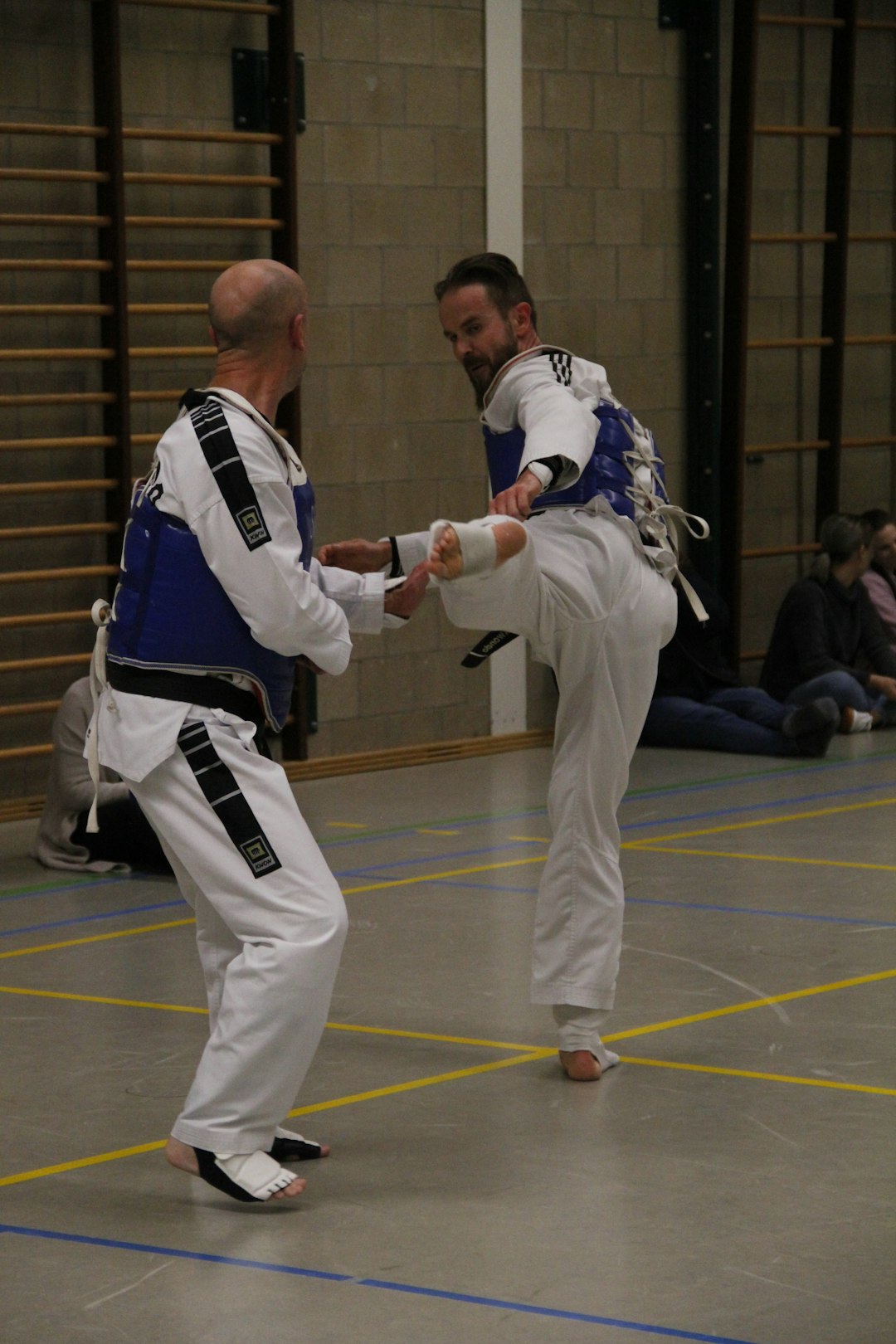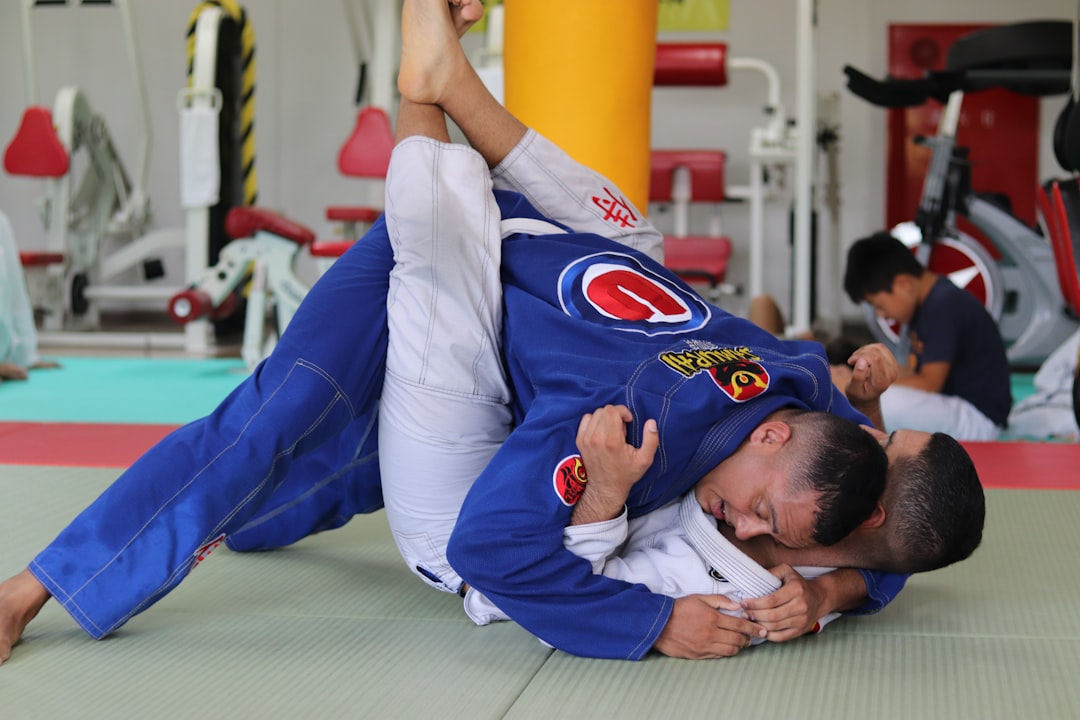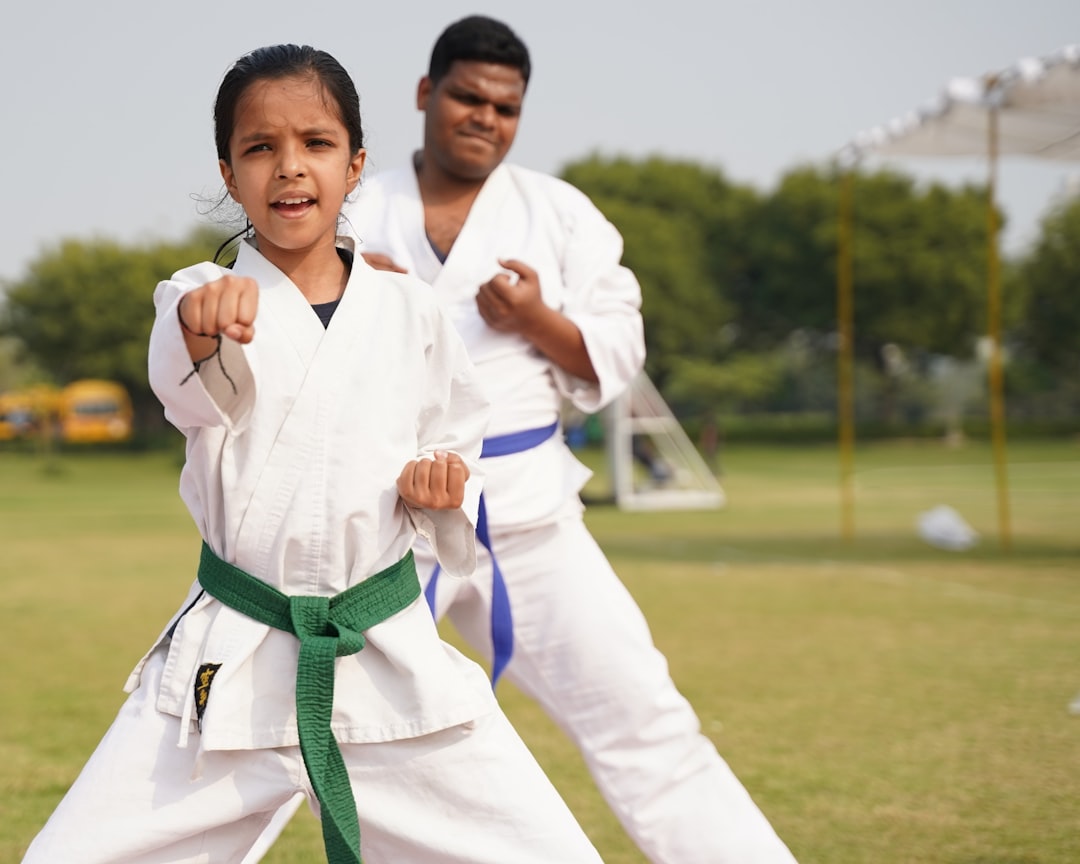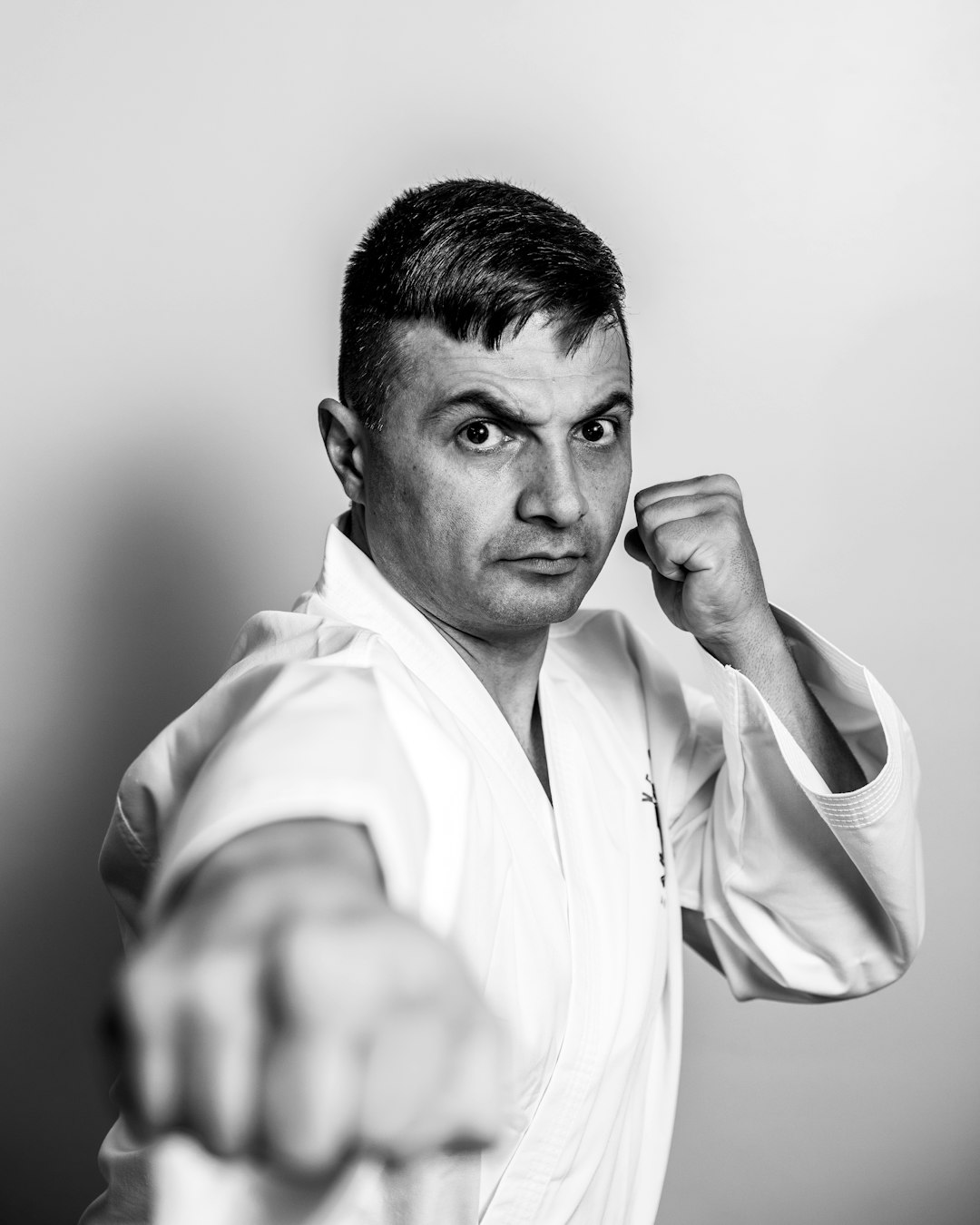The article provides an in-depth look at the traditional karate garb, commonly known as a gi. Far from a mere ceremonial item, the gi is central to the practice of karate, symbolizing respect and discipline within the martial art. Comprising a jacket, trousers, and an obi belt, the gi's color-coded system—white for beginners and black for advanced students—reflects a practitioner's rank. The gi is made from absorbent and durable materials like cotton or hemp, chosen for their resilience during karate training. Its tailored design, including the jacket length and headband for hair control, balances tradition with functionality, ensuring a complete range of motion necessary for karate techniques.
When choosing a karate outfit, also known as the "karate outfit name," it's crucial to select materials like cotton or hemp blends that are both breathable and durable. The fit should be snug yet unrestrictive, accommodating your movements and belt level. Proper maintenance is vital to maintain the quality of your gi; follow the manufacturer's care instructions for washing and drying to preserve its integrity and support your dedication to karate practice.
Explore the essence of traditional martial arts practice through the lens of a karate uniform, commonly referred to as a Gi. This article delves into the karate outfit name and its significance within the discipline’s rich history. We will trace the evolution of the Gi, examining its composition and how it has adapted over time. Understanding key characteristics that distinguish an authentic Karate Gi is crucial for practitioners seeking to honor the martial art’s traditions. Additionally, practical tips on selecting and maintaining your Gi will ensure you uphold the integrity of this pivotal aspect of karate attire. Join us as we explore the world of karate outfits and their profound role in the practice.
- Understanding the Significance of Traditional Karate Attire: The Gi
- The Evolution and Composition of the Karate Uniform
- Key Characteristics that Define a Genuine Karate Outfit
- Tips for Selecting and Maintaining Your Karate Uniform (Gi)
Understanding the Significance of Traditional Karate Attire: The Gi

When engaging in karate, donning the appropriate attire is more than a mere formality; it’s a deeply rooted tradition that carries significance within the practice itself. The traditional karate uniform, commonly referred to as a gi, serves not only as a practical training garment but also as a symbol of respect and discipline. The gi, which consists of a jacket, trousers, and a belt known as obi, is designed to allow practitioners to move freely while providing a canvas for the representation of their rank through the belt system. What is the name of the karate outfit? The answer is simple: it’s called a karate gi. This attire is an integral part of the martial art, reflecting the history and culture of karate. It is crafted from heavy cotton or hemp material, which absorbs perspiration and provides durability for the rigors of training. Are there any specific colors or styles associated with a karate gi? Yes, the color of the gi can vary depending on the rank of the practitioner; white gis are typically worn by beginners, while higher-ranked students may wear black gis, symbolizing their advanced skill and understanding of the discipline. The design of the gi also includes specific cuts and proportions, such as the jackets being longer than the practitioner’s hands when hanging freely, which is not only traditional but also functional, allowing for a full range of motion during practice and performance.
The Evolution and Composition of the Karate Uniform

Karate practitioners, both novices and seasoned martial artists, don a specific garment that has evolved over time to meet the needs of the discipline. Known colloquially as a “karate gi,” this uniform is not merely a standardized piece of attire but a symbol of respect and tradition within the martial arts community. The evolution of the karate outfit, or karate gi, can be traced back to ancient Japan where it was adapted from the traditional judo and kendo uniforms. Over time, the design of the gi has been tailored to suit the specific movements and practices inherent in karate, resulting in a garment that is both functional and representative of the martial art’s cultural heritage.
The composition of a typical karate uniform is characterized by its durability and simplicity. It consists of a jacket, trousers, belt, and sometimes a headband, each serving a distinct purpose during training. The jacket, or “ue-dogi,” typically features a buttoned front with a collar, while the trousers, or “rei-gi,” are straight-legged and designed to allow for full range of motion. The belt, or “obi,” not only holds the waistband of the trousers but also signifies the rank of the practitioner, with each color representing different levels of skill and dedication. The headband, known as a “kogushi,” helps to keep long hair out of the face during practice, ensuring safety and focus. The choice of materials for these components varies but often includes cotton for comfort and longevity, as well as a reinforced fabric at key stress points for added durability. What emerges is a uniform that not only fosters an environment conducive to training but also pays homage to the origins and traditions of karate.
Key Characteristics that Define a Genuine Karate Outfit

When exploring the realm of traditional martial arts, one essential aspect is the attire that practitioners don, often referred to as a karate uniform. A genuine karate outfit, known as a “keikogi” or “gi,” serves as more than just a garment; it embodies the discipline and respect inherent to the practice. The keikogi typically consists of a jacket and trousers, both made from heavy cotton or hemp fabric for durability and comfort during rigorous training sessions. Are the materials robust and suitable for high-intensity activities? A genuine karate outfit is crafted from sturdy, yet breathable fabrics that not only withstand the physical demands of karate but also provide comfort to the wearer. The jacket, known as “uwagi,” should have a closed collar or “rimuzori” and long sleeves, while the trousers, called “bajonki,” are straight-legged and secured at the waist with a belt or “obi.” Does this attire facilitate ease of movement and provide a traditional aesthetic? Indeed, the design of a keikogi is specifically tailored to allow for full range of motion, enabling practitioners to execute techniques flawlessly, while its classic style harks back to the origins of karate. Additionally, the outfit typically features a chest pocket on the left side, providing a practical space for storing personal items during practice or competition. Is the garment versatile and functional? A well-made karate uniform is both versatile and functional, incorporating these key characteristics that define it as an authentic piece of martial arts gear.
Tips for Selecting and Maintaining Your Karate Uniform (Gi)

When selecting a karate uniform, commonly known as a gi, it’s crucial to consider the material, fit, and brand that aligns with your practice and comfort level. The traditional karate outfit is made of cotton or hemp blend, which offers breathability and durability during rigorous training sessions. A well-fitted gi should not be overly tight or baggy; it should allow for a full range of motion without restricting your movements. Does the fabric feel comfortable against your skin? Is the sizing appropriate for your body type and level of belting? These are vital questions to ask before making your purchase. Once you have your ideal gi, maintaining it requires regular cleaning and proper storage to keep it fresh and functional. Machine washing is typically recommended, but it’s important to follow specific care instructions provided by the manufacturer to prevent damage or shrinkage. Should you opt for hand washing, ensure a gentle approach with mild detergent to preserve the integrity of the material. After use, always hang your gi to air dry flat, away from direct sunlight that could fade the color and weaken the fibers over time. By taking good care of your karate outfit, you’ll maintain its quality, ensuring it supports you through each practice, reflecting your dedication and respect for the martial art tradition.
In conclusion, the karate uniform, commonly referred to as a Gi, is far more than mere clothing; it represents tradition, discipline, and respect within the martial arts community. Its evolution reflects the blending of cultural influences over time, resulting in a garment that serves both functional and symbolic purposes. When selecting your Gi, be mindful of its key characteristics, which signify its authenticity and adherence to the practice’s heritage. Proper maintenance ensures the longevity of your Gi, allowing you to honor the discipline of karate with an impeccable uniform. Remember that whether you are a beginner or an experienced practitioner, the Gi is an integral aspect of the karate experience, embodying the spirit of the martial art.
